In every corner of the world, across cultures and climates, there exists a universal language spoken not with words but with flavors—a culinary dialect of solace known as comfort food. These dishes, steeped in memory and emotion, serve as edible anchors in the turbulent seas of life, offering a momentary return to simpler times, to childhood kitchens, or to the embrace of familial traditions. The concept of comfort food transcends mere sustenance; it is a gastronomic hug, a edible reassurance that, no matter how chaotic the world becomes, some things remain deliciously constant.
From the steaming bowls of chicken soup that Jewish grandmothers have prescribed for centuries to the creamy mashed potatoes that grace American Thanksgiving tables, comfort foods are as diverse as the people who crave them. Yet, they share a common thread: an almost magical ability to soothe the soul. Scientists have begun to unravel why certain foods make us feel better, pointing to the interplay of nostalgia, neurochemistry, and nutrition. Foods high in carbohydrates, for instance, can boost serotonin levels, while fatty dishes trigger the release of dopamine. But beyond biochemistry lies a deeper truth: these foods are memory machines, each bite a Proustian madeleine transporting us back to moments of safety and love.
In the United States, comfort food often wears a familiar, hearty guise. Think of macaroni and cheese, its creamy, orange-hued sauce clinging to elbow pasta like a warm blanket on a cold night. Or meatloaf, that humble amalgamation of ground meat, breadcrumbs, and ketchup glaze, evoking images of 1950s diners and family dinners where the biggest worry was getting the last slice. Then there's the iconic apple pie, its flaky crust and cinnamon-spiced filling symbolizing not just dessert but an entire ideology of American wholesomeness. These dishes are edible monuments to simplicity and abundance, reflecting a national identity built on optimism and resilience.
Travel across the Atlantic to the United Kingdom, and the comfort food landscape shifts to embrace sturdier, more austere delights. Here, a proper Sunday roast—beef, chicken, or lamb accompanied by roasted potatoes, Yorkshire pudding, and gravy—is less a meal and more a weekly ritual of familial gathering. On dreary, rain-soaked days, Brits turn to shepherd's pie, a savory layer of minced lamb topped with a cloud of mashed potatoes, baked until golden. And for those seeking solace in a bowl, there's sticky toffee pudding, a decadent sponge cake drowned in a rich toffee sauce that promises to sweeten even the sourest of moods. These foods speak of a culture that finds comfort in tradition and the steadfast reliability of a well-executed classic.
Venture into Italy, and comfort food takes on a simpler, yet profoundly elegant form. It is found in a bowl of creamy risotto, stirred patiently until it achieves a perfect, velvety consistency—a labor of love that demands attention and rewards with unparalleled creaminess. It is in a plate of spaghetti aglio e olio, a humble dish of garlic, olive oil, and chili flakes that demonstrates how the most basic ingredients can conjure immense satisfaction. And of course, there is lasagna, with its layers of pasta, ragù, and béchamel, each slice a testament to nonna's wisdom and the Italian belief that feeding others is the highest form of affection. Italian comfort food is a reminder that true luxury lies not in complexity, but in the quality of ingredients and the care with which they are prepared.
In Japan, the pursuit of culinary comfort often leads to a steaming bowl of ramen. This is not the instant college-dorm variety but a deeply nuanced broth, simmered for hours with pork bones or chicken, topped with slices of chashu pork, a marinated soft-boiled egg, and spring onions. Each component is meticulously crafted, and the act of slurping the noodles is not just accepted but encouraged—a sign of appreciation that enhances the experience. Similarly, a simple bowl of rice topped with a raw egg and soy sauce, known as tamago kake gohan, offers a minimalist comfort that soothes the Japanese soul. These dishes reflect a culture that finds beauty in precision and solace in simplicity, where comfort is derived from perfection in execution.
Journey to Mexico, and comfort arrives in a vibrant, spicy explosion. Pozole, a hearty soup made with hominy and pork, is traditionally served on special occasions but is equally capable of curing a broken heart or a nasty hangover. Topped with radishes, lettuce, and lime, it is a dish that engages all the senses. Then there are tamales, corn masa dough stuffed with meats or cheeses, wrapped in corn husks, and steamed to perfection—a food so integral to Mexican culture that making them is often a communal, celebratory act. Mexican comfort food is bold, unapologetic, and deeply social, embodying a spirit of resilience and joy even in the face of adversity.
In India, comfort is often a vegetarian affair, found in a bowl of khichdi—a simple, mushy blend of rice and lentils, tempered with ghee and spices. This dish is the subcontinent's answer to chicken soup, prescribed for everything from illness to heartbreak, its gentle flavors acting as a balm for the body and spirit. For those seeking more intensity, there is butter chicken, its tomato-based gravy rich with cream and spices, best mopped up with fluffy naan bread. Indian comfort food is a complex tapestry of flavors, where the heat of chili peppers coexists with the cooling effect of yogurt, mirroring the country's ability to find balance amidst chaos.
These global examples merely scratch the surface of the world's emotional eating map. From the kimchi-jjigae of Korea to the feijoada of Brazil, from the tagine of Morocco to the poutine of Canada, every culture has its edible embrace. What makes these foods so powerful is their deep entanglement with personal and collective identity. They are not invented by chefs in Michelin-starred kitchens but evolved over generations, passed down through families, and perfected in home kitchens. They are living recipes, changing slightly with each telling, yet always retaining their essential soul-soothing qualities.
In an increasingly globalized world, the lines between these comfort food traditions are blurring. An American might find solace in a bowl of Japanese ramen, while a Londoner might crave the fiery kick of Mexican pozole. This cross-cultural adoption enriches our emotional palates, allowing us to borrow comfort from cuisines not our own. Yet, even as we explore new flavors, the foundational comfort foods of our childhoods retain a unique, irreplaceable power. They are our culinary safe words, the dishes we turn to when the world becomes too much, reminding us that no matter how far we roam, there is always a taste of home waiting to welcome us back.
Ultimately, the global map of comfort food is a testament to our shared humanity. It reveals that despite our vast differences in language, religion, and custom, we are united by a common desire for nourishment that goes beyond the physical. We all seek food that doesn't just fill the stomach but also heals the heart. In this sense, every comfort dish, from the most elaborate to the simplest, is a prayer, a wish for better days, and a promise that no matter how cold the world gets, there will always be a warm meal to come home to.
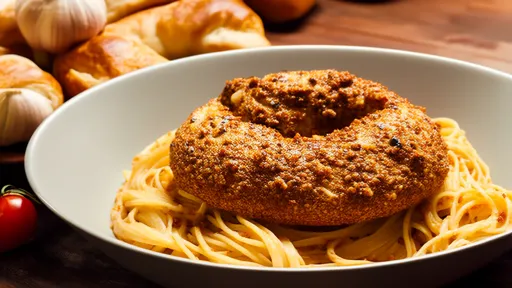
By /Aug 20, 2025

By /Aug 20, 2025

By /Aug 20, 2025
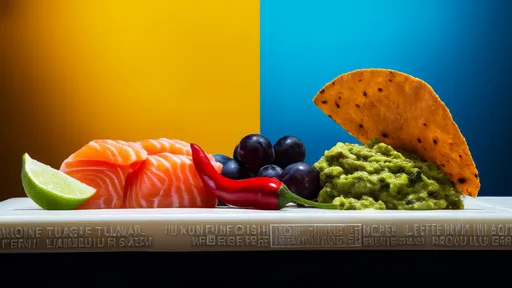
By /Aug 20, 2025

By /Aug 20, 2025

By /Aug 20, 2025
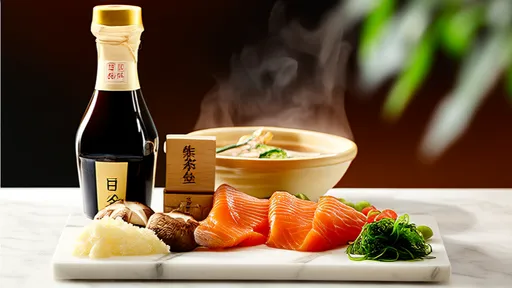
By /Aug 20, 2025

By /Aug 20, 2025

By /Aug 20, 2025

By /Aug 20, 2025
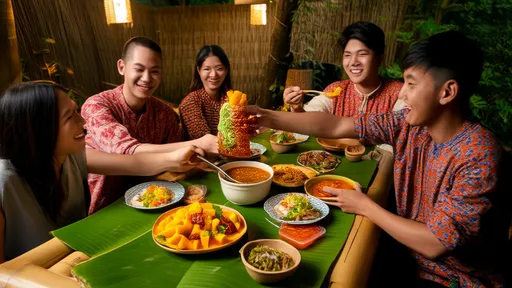
By /Aug 20, 2025

By /Aug 20, 2025
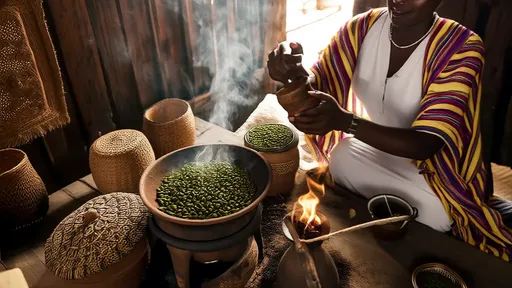
By /Aug 20, 2025
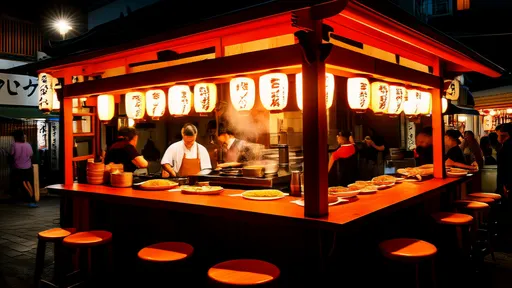
By /Aug 20, 2025
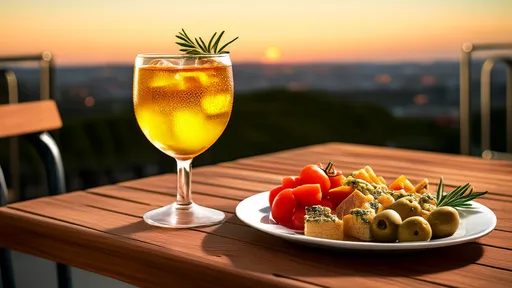
By /Aug 20, 2025

By /Aug 20, 2025

By /Aug 20, 2025

By /Aug 20, 2025
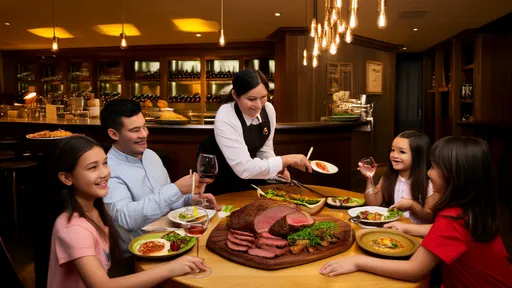
By /Aug 20, 2025

By /Aug 20, 2025